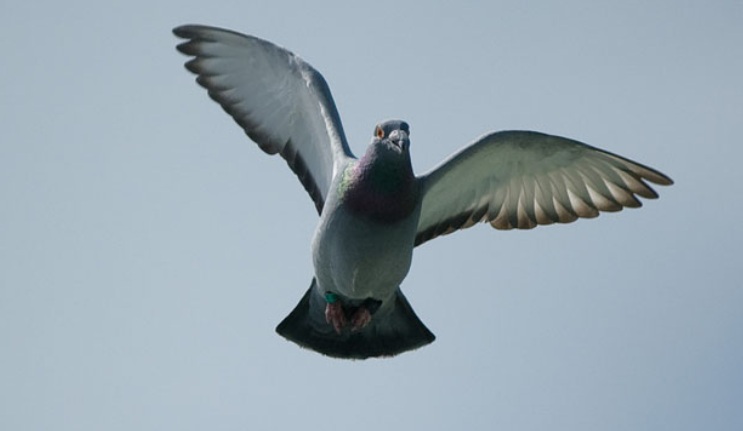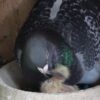
Feather Breakage During Molting: A Complete Guide to Healthier Racing Pigeons
When your racing pigeons enter the molting season, their health and performance take center stage. One of the most overlooked yet significant problems during this period is feather breakage. Not only does it affect your pigeon’s appearance, but it also plays a crucial role in their flight readiness, stamina, and overall race performance. If you’ve noticed frayed, brittle, or broken feathers during molt, it’s time to take a closer look at their nutritional intake—particularly protein and biotin.
In this SEO evergreen blog post, we’ll dive into the causes of feather breakage during molting, its impact on racing pigeons, and how to effectively prevent and treat the issue for a healthier, stronger, and more competitive bird.
Understanding the Molting Process in Racing Pigeons
Molting is a natural biological process where birds shed old feathers and grow new ones. For racing pigeons, molting typically happens once a year, usually during the off-season. It’s a highly demanding phase requiring elevated nutritional support, especially when it comes to protein and vitamins essential for feather regeneration.
New feathers are composed mostly of keratin, a protein that needs specific amino acids to form correctly. If your pigeons lack these essential nutrients, it results in:
- Brittle and weak feathers
- Broken flight feathers
- Poor insulation and temperature regulation
- Delayed molt completion
All of which directly affect their ability to train and race at optimal levels.
Common Causes of Feather Breakage
1. Protein Deficiency
Protein is the most crucial nutrient during molting. Feathers are 85-90% protein by weight, so any deficiency during this period can lead to malformed or weak feathers that break easily.
Signs of protein deficiency include:
- Slow feather regrowth
- Dull feather sheen
- Feather breakage along the shaft
2. Biotin (Vitamin B7) Deficiency
Biotin supports healthy skin, feathers, and metabolism. A lack of biotin can result in brittle, dry feathers that are prone to splitting or snapping.
3. Amino Acid Imbalance
Specific amino acids like methionine, lysine, and cysteine are required to build strong feathers. Without them, keratin structure weakens.
4. Environmental Stress
Poor loft ventilation, overcrowding, and temperature fluctuations can stress birds and impact nutrient absorption, exacerbating feather breakage.
How Feather Breakage Affects Racing Performance
While molting is not typically the racing season, how well a pigeon molts has a direct impact on the next race season. Here’s why:
- Impaired Aerodynamics: Broken feathers affect flight efficiency.
- Delayed Training: Birds with incomplete or fragile plumage can’t resume training on schedule.
- Increased Susceptibility to Illness: Poor feather coverage exposes the bird to cold, damp conditions, and infections.
- Reduced Confidence: A pigeon that’s not physically at its best won’t perform at its best.
Best Practices to Prevent Feather Breakage During Molt
Ensuring a smooth molt with minimal feather breakage starts with a strategic approach to nutrition and environment. Here’s how to do it right:
1. Feed a High-Quality Molting Mix
Switch to a molting-specific feed blend rich in protein (16–18%) and essential fatty acids. Look for blends containing flaxseed, hemp, and other nutrient-dense grains.
2. Add Protein Supplements
During molt, racing pigeons benefit from added protein support. Consider feeding:
- Brewer’s yeast
- Soy protein concentrate
- Pea protein isolate
3. Include Biotin-Rich Supplements
Biotin helps improve feather structure and integrity. Choose supplements formulated for feather and skin support such as:
- PHP Feather Prime
- Jaap Koehoorn Molt Support
4. Provide Amino Acid Boosters
Ensure your birds get enough methionine, lysine, and cysteine—either through fortified feed or concentrated supplements.
5. Minimize Stress
Create a calm, clean, and well-ventilated loft. Avoid unnecessary handling, and ensure your loft is free from predators, parasites, and loud noises.
Recommended Supplements for Feather Health
Boosting feather strength isn’t just about what your pigeons eat—it’s about targeted supplementation. Here are some highly recommended products:
- PHP Molting Boost: Formulated for high protein delivery during feather replacement.
- B-Complex + Biotin: Supports metabolism and feather strength.
- Jaap Koehoorn Recovery Superior: Assists in overall recovery and supports nutrient absorption post-stress.
-
Weekly Feather Health Routine During Molting
Keep your pigeons on a consistent, supportive routine. Here’s a simple example:
Monday – Wednesday:
- Protein-enriched grain mix
- Biotin + B-complex supplement in water
Thursday – Friday:
- Rest from supplementation
- Continue high-protein feed
Saturday – Sunday:
- Amino acid supplement in water
- Feather conditioning oil for external support (optional)
What to Avoid
- Excessive Corn or Wheat: These fillers are low in protein and high in carbs.
- Skipping Supplementation: Even if feed is labeled “molting mix,” it often lacks targeted nutrients.
- Poor Loft Hygiene: Dirty conditions reduce immune response and stress your birds.
Final Thoughts
Feather breakage during molting isn’t just a cosmetic issue—it’s a performance issue. By prioritizing protein, biotin, and amino acids, and by providing a low-stress, high-nutrition environment, you’re setting your birds up for success long before the racing season begins.
Stay proactive with your care, and your pigeons will reward you with vibrant, strong plumage and top-tier race readiness.
Looking for the best feather support products? Check out our full line of pigeon supplements specially designed for molting and beyond. Optimize health. Maximize performance.
“Until Next time Keep Them Healthy And Flying”


